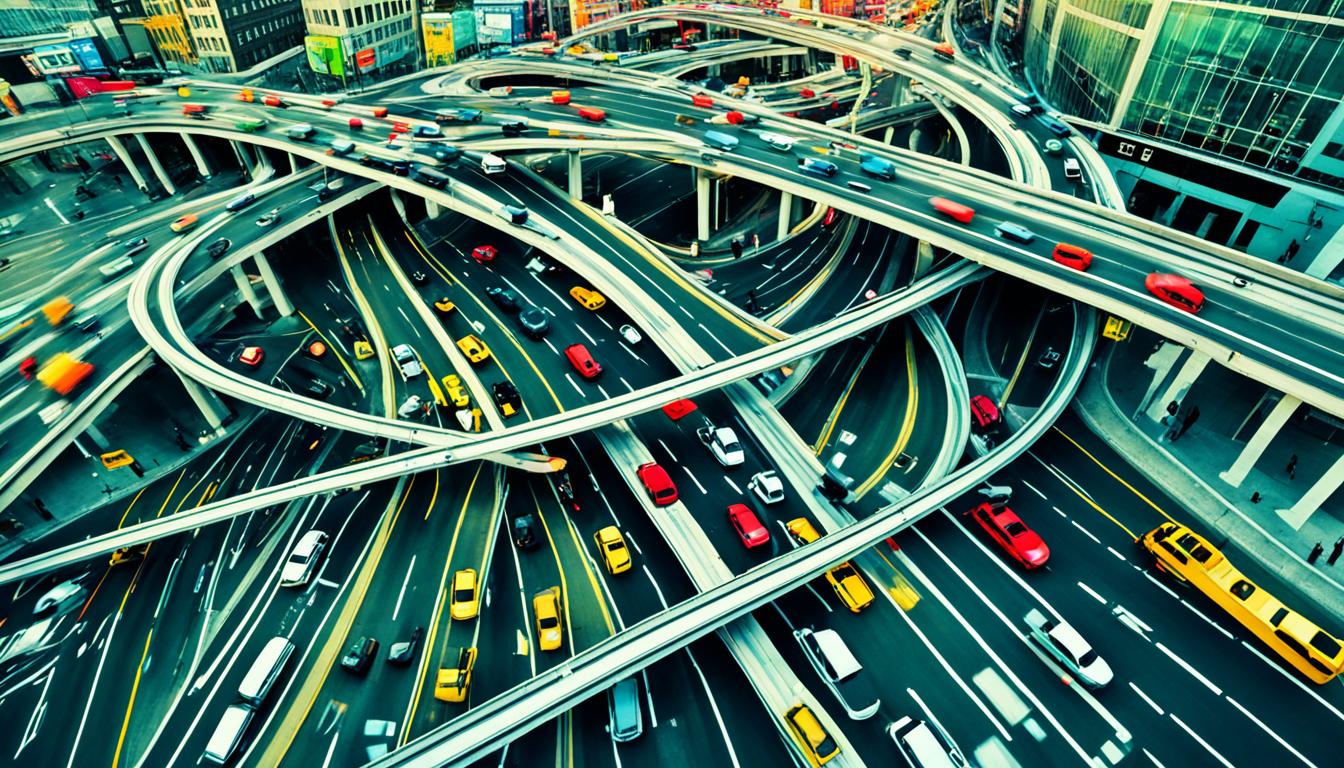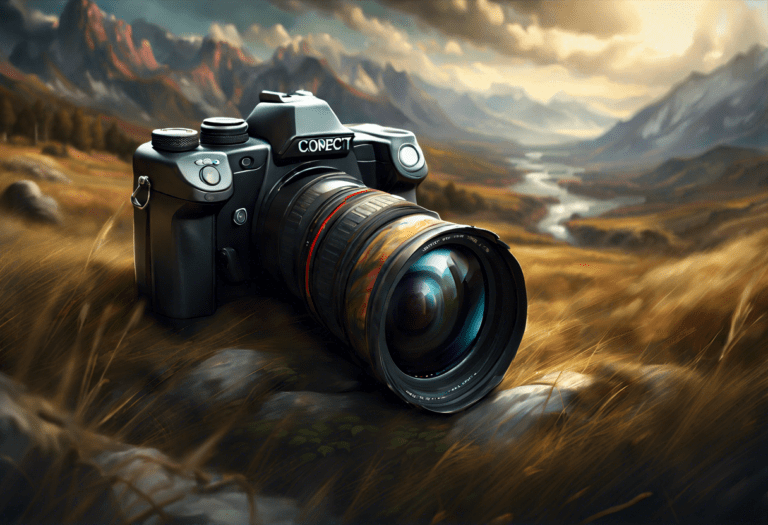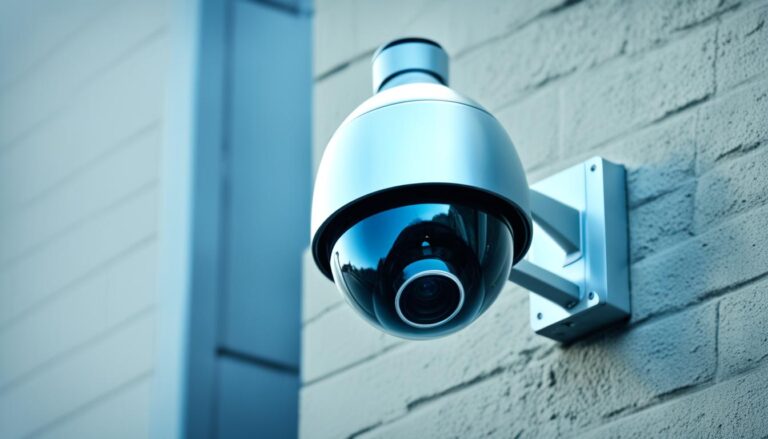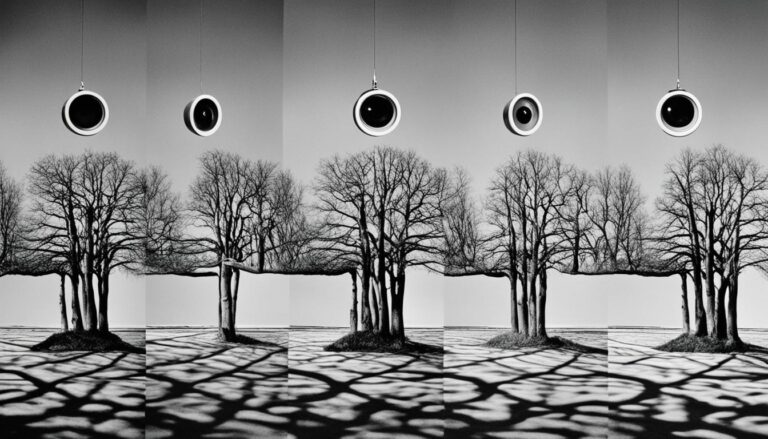are cameras traffic lights
Have you ever wondered what those cameras mounted on top of traffic lights are for? Are they watching you, ready to snap a photo and issue you a ticket for running a red light? The truth may surprise you.
Contrary to popular belief, those cameras are not red light cameras. They are actually traffic monitoring cameras owned by the Florida Department of Transportation (FDOT). These cameras are used to help manage traffic flow and provide a live stream that is used by traffic engineers, law enforcement, cities, and counties. So, what’s the deal with red light cameras then?
Key Takeaways:
- The cameras on top of traffic lights are traffic monitoring cameras owned by the FDOT.
- These cameras are used to manage traffic flow and provide live stream footage for traffic engineers, law enforcement, cities, and counties.
- Red light cameras, on the other hand, are specifically designed to capture violations of red light signals and provide evidence for traffic law enforcement.
- While footage from traffic monitoring cameras may not be accessible for legal cases, there are other sources of video evidence that can be explored.
- Dash cams, surveillance cameras, and eyewitness videos can provide valuable evidence for car accident cases.
How Do Red Light Cameras Work?
Red light cameras play a critical role in enforcing traffic laws and promoting road safety. These cameras are strategically mounted on traffic poles near intersections to capture images of vehicles that pass through a red light. Equipped with advanced sensors, red light cameras are able to detect when a vehicle crosses the white line after the light has turned red.
Once a violation is detected, a notice is automatically generated and sent to the registered owner of the vehicle, regardless of who was driving at the time. The images captured by red light cameras serve as crucial evidence for potential traffic violations. These cameras typically capture multiple photos to document the violation, including the vehicle passing or entering the crosswalk line while the light is red, the vehicle passing through the intersection, and a close-up image of the vehicle’s license plate.
Red light camera systems are designed to enhance traffic safety by discouraging drivers from running red lights, reducing the risk of accidents, and promoting compliance with traffic laws. They provide law enforcement agencies with valuable evidence to enforce traffic regulations and hold individuals accountable for their actions on the road.
Other Types of Cameras on Traffic Lights
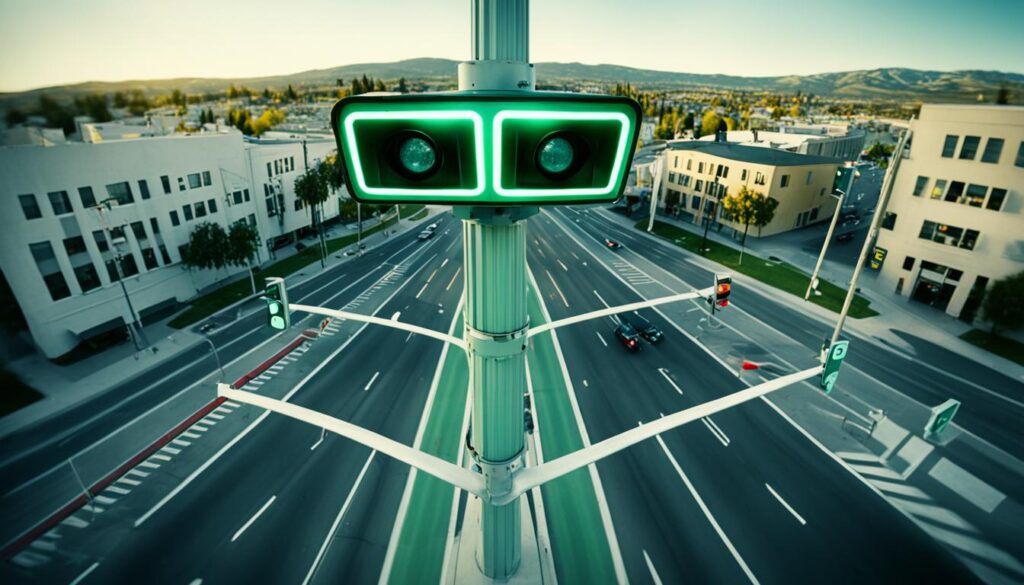
In addition to the traffic monitoring and red light cameras, there are other types of cameras that may be seen on top of traffic lights. These include surveillance cameras mounted on businesses, which can provide valuable video footage for proving liability in car accident cases. Home security cameras and doorbell cameras are also increasingly being used as evidence in both criminal and civil cases. Dash cams, installed in vehicles, can capture real-time footage of accidents and provide crucial evidence for determining fault, documenting the incident, and protecting against fraudulent claims. Bystanders using smartphones to film accidents can also provide valuable visual evidence.
Obtaining Video Evidence for Car Accident Cases
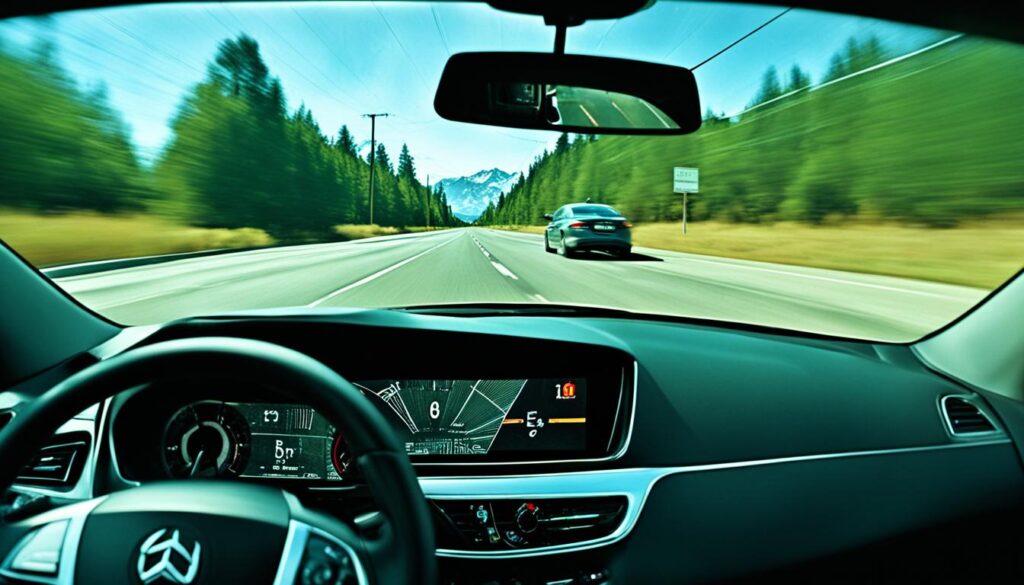
When it comes to car accident cases, video evidence can be crucial in determining fault and ensuring a fair resolution. While footage from traffic cameras and red light cameras may not always be accessible or usable, there are other sources that can provide valuable evidence.
Contacting businesses or homeowners who have surveillance cameras in the vicinity of the accident scene can be a fruitful avenue to explore. These cameras may have captured the incident and can provide crucial video evidence.
Another valuable source of video evidence is dash cams installed in vehicles. Dash cams continuously record the road ahead and can capture the accident and its aftermath, providing an unbiased account of events.
Moreover, eyewitnesses who have filmed or photographed the accident scene with their smartphones can provide additional visual evidence. Their footage can help establish the sequence of events and provide supporting documentation.
It is also highly recommended for individuals involved in a car accident to document the scene themselves by taking videos or photos of the vehicles, injuries, road conditions, and any other relevant details. This self-documentation can supplement other forms of evidence and ensure that important details are not overlooked.
Collecting video evidence from multiple sources increases the chances of building a strong case and obtaining a favorable outcome in car accident cases. The combination of surveillance camera footage, dash cam recordings, eyewitness videos, and self-documented evidence can provide a comprehensive picture of the accident, helping to establish liability and demonstrate the extent of damages.
The Importance of Video Evidence
Video evidence plays a crucial role in car accident cases as it provides an objective record of events. It can provide clear visual proof of fault, capture the actions of all parties involved, and provide a timeline of events leading up to and following the accident. The inclusion of video evidence can strengthen the credibility of your claim and make it easier to negotiate fair compensation or present a strong case in court.
Understanding Traffic Light Hardware
The gadgets on top of traffic lights serve various purposes related to traffic management and safety. Most commonly, these gadgets are cameras and sensors used for video detection and traffic monitoring. They allow us to assess the flow of traffic and make necessary adjustments to timing and signal patterns.
These traffic light cameras play a crucial role in managing the traffic on our roads by providing real-time data to traffic engineers. By monitoring the movement of vehicles at intersections, these cameras help in analyzing traffic patterns and identifying areas that need improvement.
Furthermore, these cameras can assist in detecting traffic violations, such as red-light running, which can pose a significant risk to both drivers and pedestrians. The footage captured by these cameras can serve as valuable evidence in enforcing traffic laws and ensuring the safety of everyone on the road.
In addition to cameras, traffic light hardware also includes various sensors. These sensors are responsible for detecting the presence of vehicles and pedestrians, allowing the traffic lights to adapt accordingly. For example, pedestrian detection sensors can help ensure that pedestrians have enough time to safely cross the road by extending the signal duration.
Overall, traffic light hardware, including cameras and sensors, plays a crucial role in efficiently managing traffic flow and enhancing road safety. By providing valuable insights and enabling real-time adjustments, these gadgets contribute to creating a safer and more efficient transportation system.
Conclusion
In conclusion, the cameras on top of traffic lights serve as traffic monitoring cameras owned by the transportation departments. While they may not provide usable evidence for car accident cases, there are alternative sources that can be explored to obtain video evidence. Surveillance cameras on businesses, dash cams, and eyewitness videos can all play a crucial role in capturing the accident scene and providing valuable evidence. It is important for individuals involved in car accidents to take their own initiative to document the scene and seek legal assistance to gather and preserve the necessary evidence.
While traffic light gadgets play various roles in traffic management and safety, obtaining video evidence to support car accident cases requires looking beyond the cameras on top of traffic lights. Surveillance cameras mounted on businesses can provide critical video footage, while dash cams installed in vehicles can capture real-time incidents and protect against fraudulent claims. Eyewitness videos filmed on smartphones can also serve as additional evidence. By being proactive in documenting the accident scene and exploring alternative video sources, individuals can strengthen their case and increase their chances of obtaining the necessary evidence for their car accident case.
In summary, while the cameras on top of traffic lights may not offer video evidence for car accident cases, there are other avenues to pursue. By leveraging surveillance cameras, dash cams, and eyewitness videos, individuals can enhance their chances of obtaining valuable evidence. It is crucial to document the accident scene and consult with legal professionals to ensure the preservation and effectiveness of the gathered video evidence. Remember, video evidence can be a powerful tool in car accident cases, providing crucial insights and supporting claims in court.
